Mango season doesn’t announce itself — it drifts in with the scent of cut fruit, school holidays, and stories passed down in orchards.
A slice of summer that takes us back to sticky fingers, backyard trees, and the thrill of spotting the first golden blush on green skin. But beyond the much-hyped Alphonso lies a treasure trove of regional varieties, each with its own tale, taste, and terroir — and they’re finally getting their due.
Here’s a look at nine GI-tagged mangoes from across India that deserve the spotlight — not just for their flavour, but for the stories they carry.
1. Kuttiattoor (Kerala)
In Kerala’s Kannur district, the mango season starts unusually early. By mid-November, the Kuttiattoor trees begin to flower — a full few months ahead of their peers. What follows is a mango with smooth, unblemished skin and a creamy, mildly sweet flavour that has become a local delicacy.
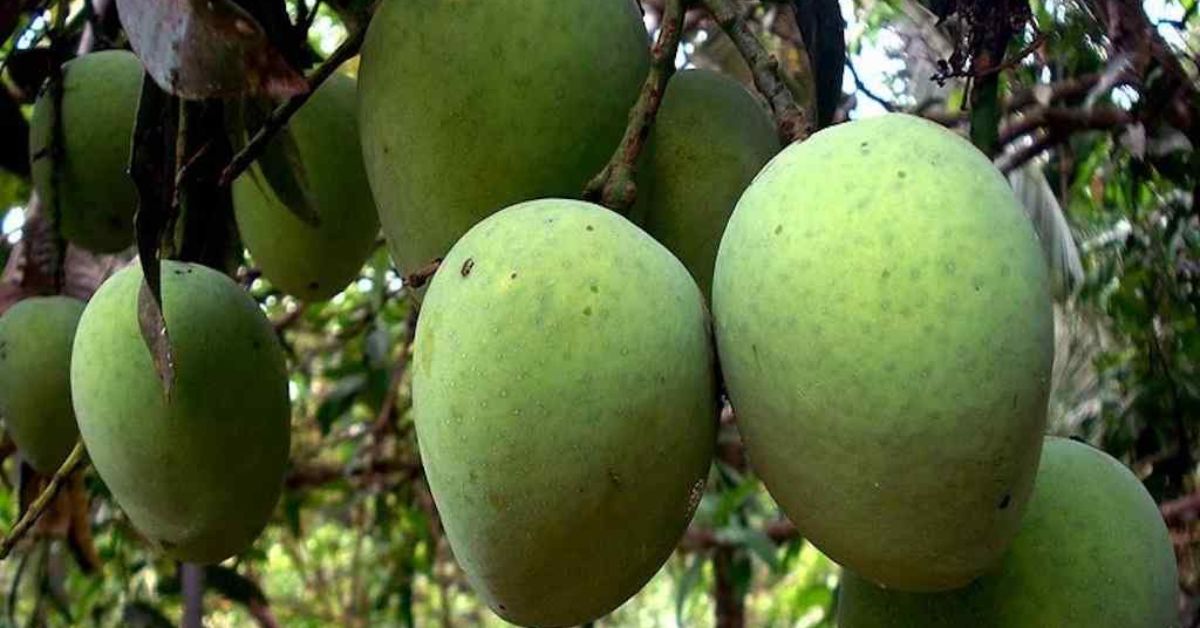
It’s grown with minimal intervention, often in backyard orchards, and is a perfect reminder that good things grow in silence.
2. Banganapalle (Andhra Pradesh)
A classic late bloomer, the banganapalle mangoes arrive just when summer feels unbearable — and offer much-needed relief. With their thin seed, generous flesh, and juicy sweetness, they’ve earned the title of Andhra Pradesh’s official fruit. Grown extensively in the Kurnool region, these mangoes are exported worldwide and are a staple in Indian households, thanks to their long shelf life and versatile flavour.
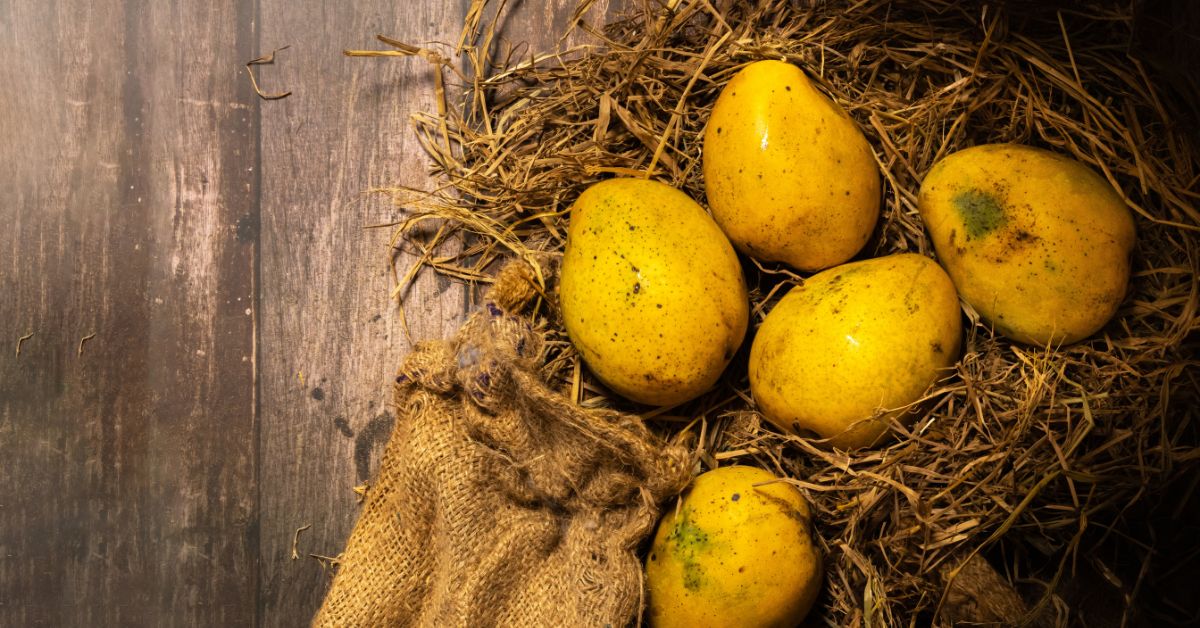
3. Malihabadi Dashehari (Uttar Pradesh)
In Malihabad, mango trees are passed down like heirlooms. The Dashehari mango, born here in the 18th century, is compact yet full of character — smooth, elongated, and dripping with nostalgia for many in north India. It was once cultivated in royal gardens, and its fragrance is enough to transport anyone back to childhood summers. Today, it remains a source of pride — and livelihood — for generations of orchardists.
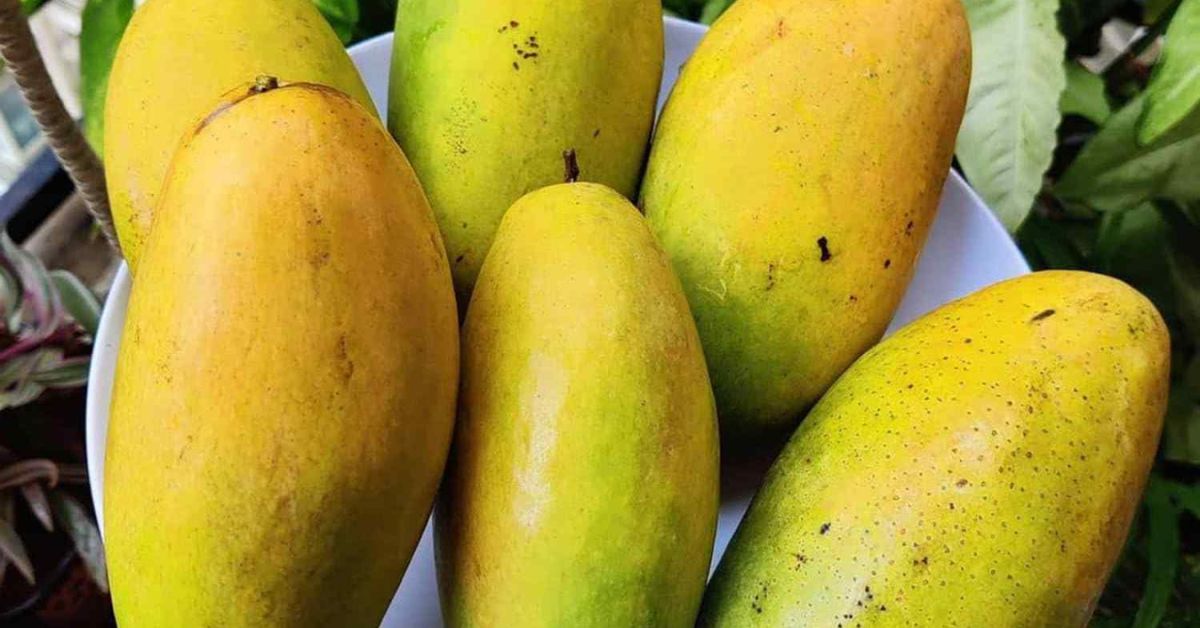
4. Kari Ishad (Karnataka)
Thick with juice, thin on skin — that’s the Kari Ishad for you. Grown along Karnataka’s coast, particularly in Ankola and Karwar, this mango is consumed not just for its taste but also for the way it’s eaten: whole, with the seed, by locals who know its worth. Its pulp is lush and abundant, making it a favourite for juices and desserts. Yet, its fame has remained mostly local — a hidden gem of the Western Ghats.

5. Gir Kesar (Gujarat)
Vibrant, golden, and bold — the Gir Kesar mango is as distinct as the land it comes from. Cultivated near the Gir forest, it gets its name from its saffron-coloured pulp (‘Kesar’ means saffron). With an unmistakable beak-like tip and aroma that fills the room, it’s one of the few mangoes to be sold in auctions at the source. Farmers treat it like gold — and honestly, so should we.
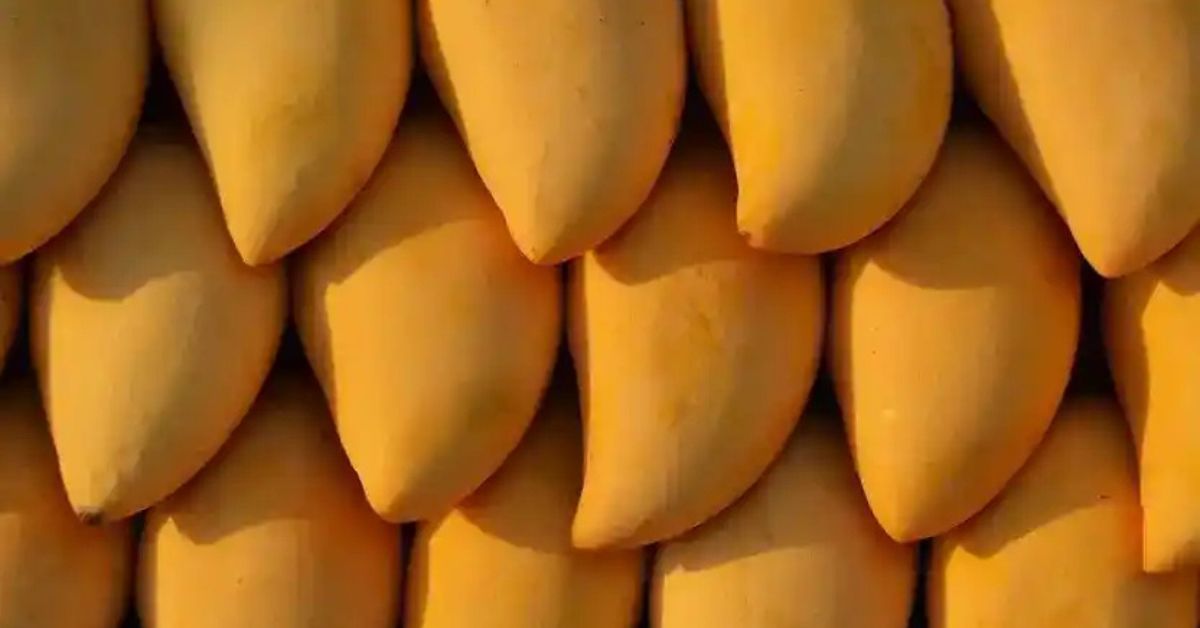
6. Mancurad (Goa)
Often overshadowed by beachside cocktails, the Mancurad is Goa’s best-kept secret. Small, reddish-hued, and intensely flavoured, this mango brings a unique blend of sweetness and sourness. Its name is believed to come from the Portuguese word ‘malcorado’ (meaning poorly coloured), but that’s ironic — its hue is what sets it apart. Ask any Goan, and they’ll tell you: Mancurad is not just a mango. It’s a matter of state pride.
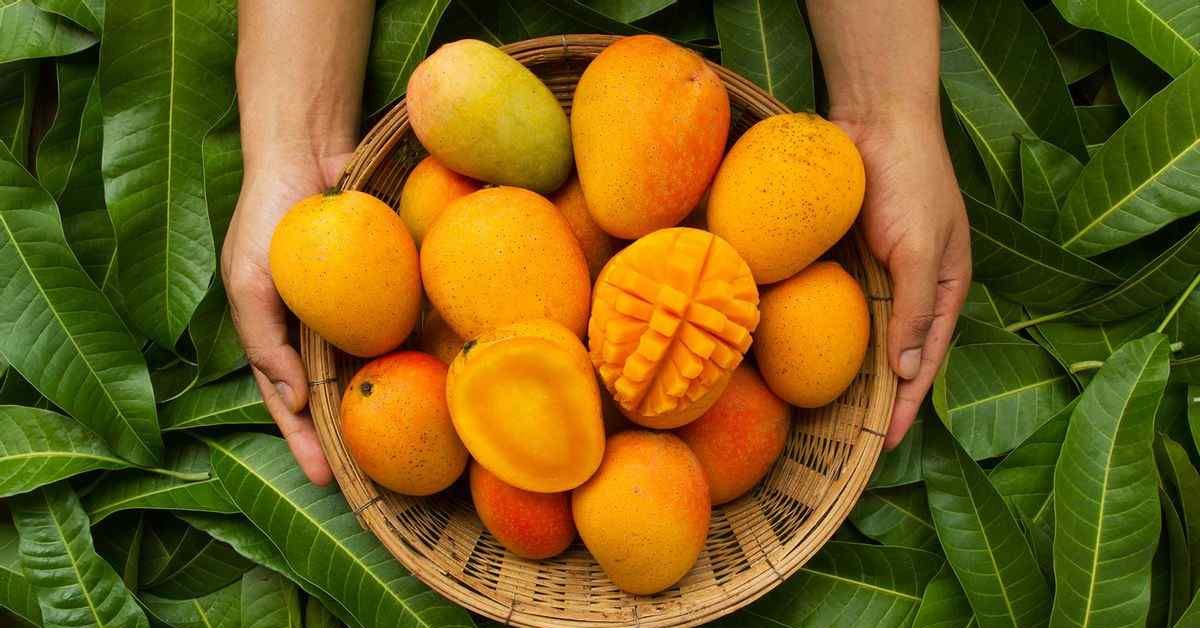
Picture source: Zeezest.com
7. Banarasi Langda (Uttar Pradesh)
Don’t be fooled by the name — there’s nothing ‘limping’ about its legacy. The Banarasi Langda, originally discovered from a tree that grew from a chance seedling, is one of the most flavour-rich mangoes in India. With yellow skin and a thin rind, it balances sweetness and acidity with finesse. Grown in Varanasi’s fertile soil, it’s often the mango of choice for those who like a little zing with their bite.
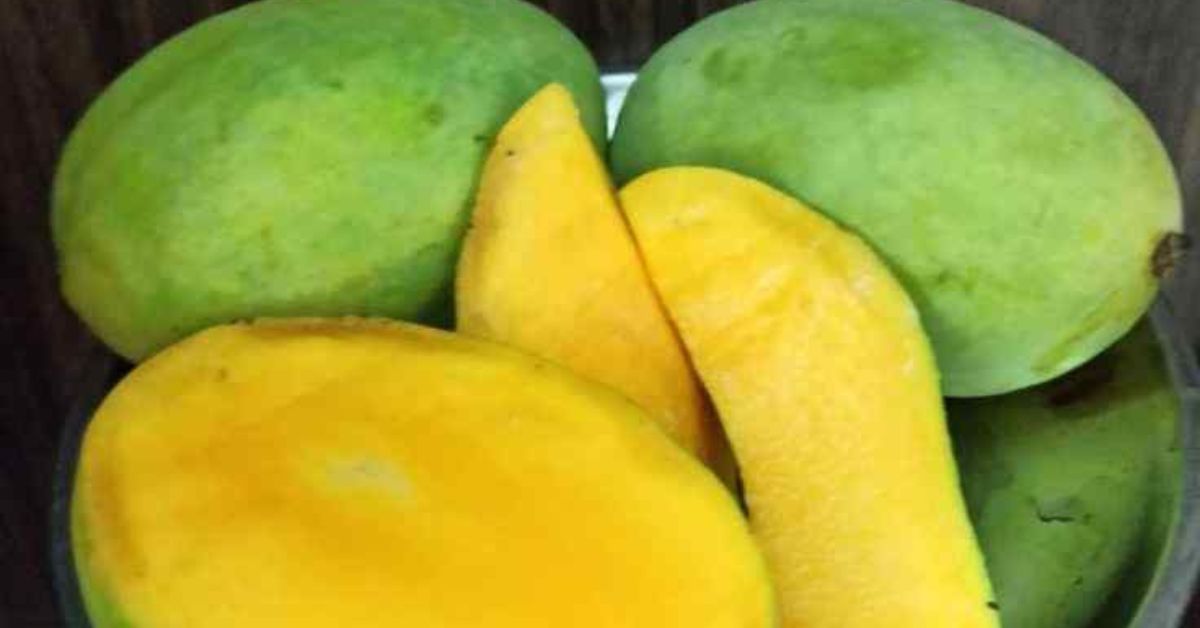
8. Bhagalpuri Zardalu (Bihar)
If mangoes could wear perfume, the Zardalu would need no introduction. Grown in Bhagalpur, this variety is prized for its light yellow skin and powerful aroma that announces its arrival before you even cut it. Traditionally reserved for elites — and now even used in state-level gifting — the Zardalu is Bihar’s fragrant gift to India’s mango lovers.
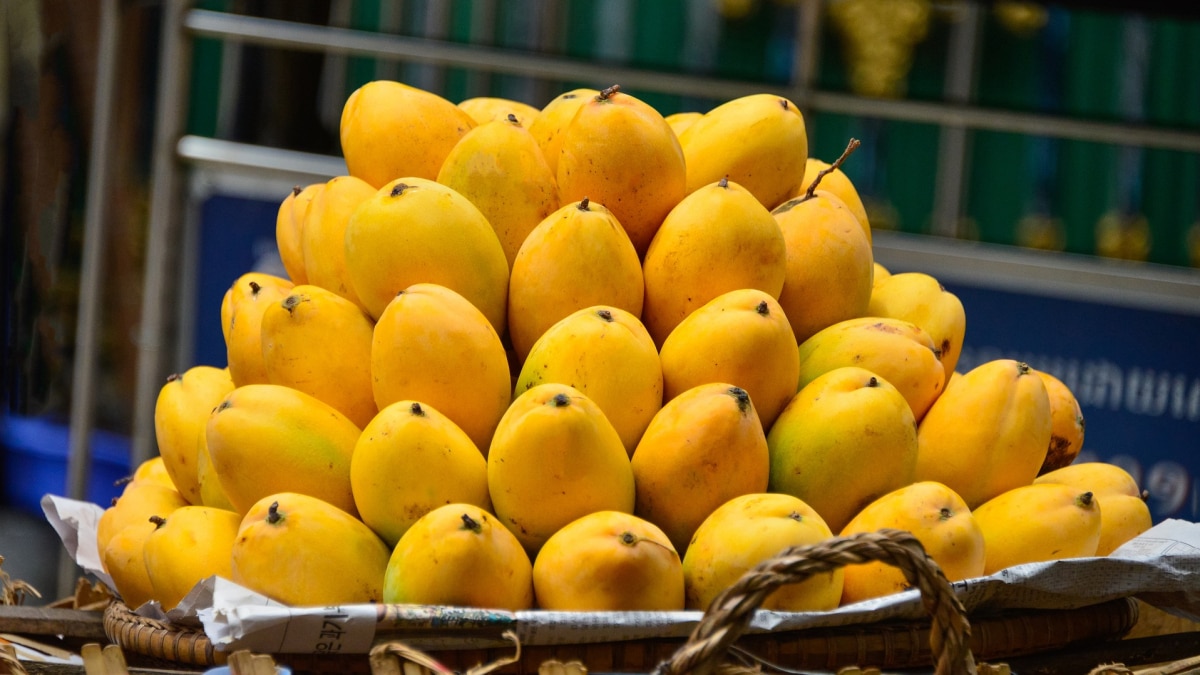
9. Khirsapati (Himsagar) – West Bengal
Ask any Bengali which mango rules them all, and chances are you’ll hear “Himsagar”. Also known as Khirsapati, this mango has no fibres, a melt-in-mouth texture, and golden flesh that’s perfect for desserts — or just eating straight from the seed. It’s cultivated mainly in Murshidabad and Malda, and though not widely exported, its reputation as one of India’s finest remains unchallenged.
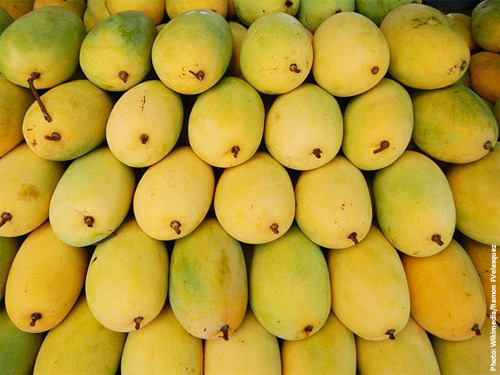
So this season, venture beyond what’s familiar. Ask your fruitwala for a Kari Ishad. Hunt down a Langda in Varanasi. Relish a Himsagar like the treasure it is. Because India’s mango diversity is as rich as its cultures — and it’s time we celebrated them all.
Edited by Khushi Arora
No comments:
Post a Comment